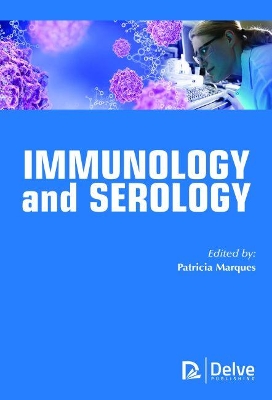
Immunology and Serology are two major science fields. Immunology is defined as the study of the molecules, cells, organs, and systems responsible for the recognition and disposal of foreign material. Immunology began as a branch of microbiology. The study of infectious disease and the body’s response to them has a major role for the development of immunology. Moreover, the concept of germ theory of disease has contributed to the field of immunology. It was Edward Jenner who first studied the response of the body to foreign substances. He observed that dairy maids who had naturally contracted a mild infection called cowpox seemed to be protected against smallpox, a horribly disfiguring disease and a major killer. Serology is the diagnostic identification of antibodies in the serum and other bodily fluids. Such antibodies are typically formed in response to an infection (against a given microorganism), against other foreign proteins (in response, for example, to a mismatched blood transfusion), or to one's own proteins (in instances of autoimmune disease). Serological tests may be performed for diagnostic purposes when an infection is suspected, in rheumatic illnesses, and in many other situations, such as checking an individual's blood type. Serology blood tests help to diagnose patients with certain immune deficiencies associated with the lack of antibodies, such as X-linked agammaglobulinemia. In such cases, tests for antibodies will be consistently negative. There are several serology techniques that can be used depending on the antibodies being studied. These include: ELISA, agglutination, precipitation, complement-fixation, and fluorescent antibodies and more recently chemiluminescence. Some serological tests are not limited to blood serum, but can also be performed on other bodily fluids such as semen and saliva, and Spinal fluid (CSF) which may contain antibodies. This book starts with a small historical introduction to Immunology. The next chapters (sections 1 to 4) give examples of Serology applied to infectious diseases (HPV, Hepatitis, Malaria and Dengue). Section 5 is dedicated to the application of serology to celiac diagnosis. Section 6 shows the application of serology to other pathogen (Lyme disease, Sjögren's syndrome, Chlamydia pneumoniae, HIV, Influenza virus, Mycobacterium, Toxoplasmosis and Leprosy). Several serologic based diagnostic techniques are used and are being developed daily, making this one of the biggest fields in science research.
| ISBN: | 9781773611747 |
| Publication date: | 1st November 2017 |
| Author: | Patricia Marques |
| Publisher: | Arcler Education Inc |
| Format: | Hardback |
| Pagination: | 275 pages |
| Genres: |
Immunology Haematology |